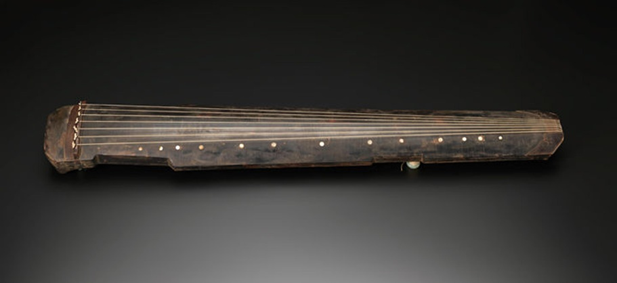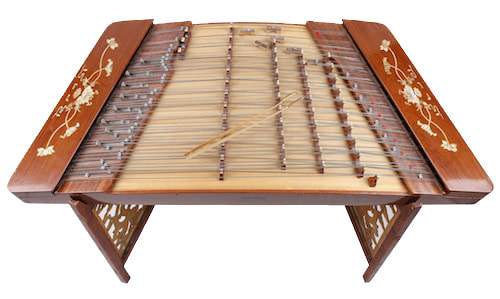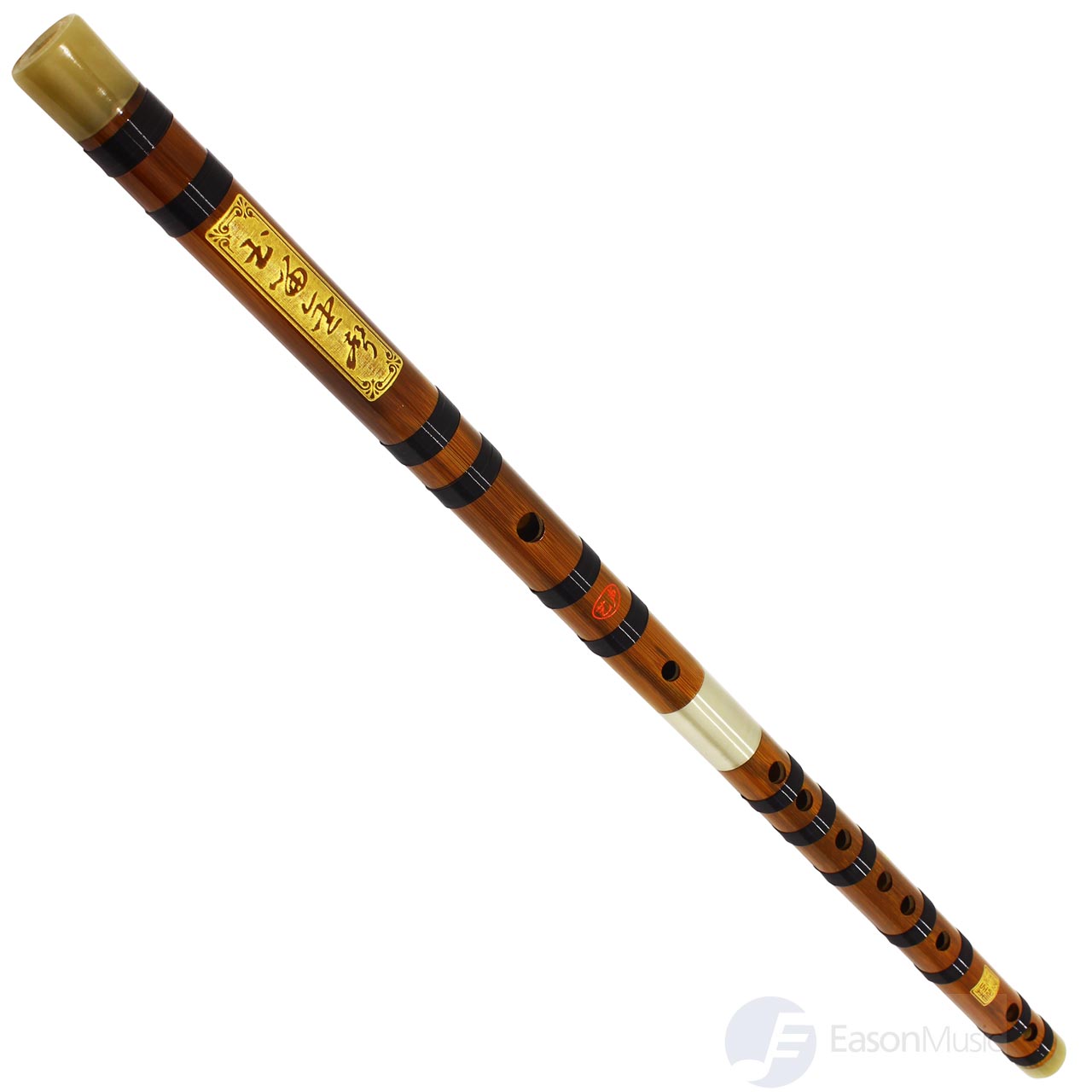mus 122 china
Instruments
Qin
seven stringed zither (played by plucking)
Jinzhi – ‘forbidden finger’ (ring finger)
Mentioned in Shujing 6th c. BCE
Music piece: Flowing water

Erhu
string instrument played in the Jiangnan Sizhu (Chinese chamber)

Pipa
four stringed lute

Yangqin
string instrument played in the Jiangnan Sizhu (Chinese chamber)

Sheng
wind instrument played in the Jiangnan Sizhu (Chinese chamber)

Dizi
wind instrument played in the Jiangnan Sizhu (Chinese chamber)

Terms
Jingju Theater/Peking Opera
major dramatic musical art form
presented plots using music, speech, stylized gestures and dance movements, acrobatics, mock combat scenes, makeup, and elaborate costumes
four arias (solos), heightened speech, and instrumental music
functions of instrumental music:
accompany singing and physical movement and dance
2 components of instrumental music:
wenchang: melodic (civic instrumentation)
wuchang: percussion (military instrumentation)
singing style of Chinese opera reflects language, is brighter
music: dramatic aria from zuo zai & narrative aria from chun qiuy pei
used to be performed in tea houses
Jinzhi
forbidden finger to play on the qin (ring finger)
Jiangnan Sizhu
Instrumental ensemble with strings and winds popular around Shanghai (Chinese chamber)
Jiangnan - south of the river
Sizhu - silk bamboo
Silk/strings: pipa, erhu, yangqin
Bamboo/winds: dizi, sheng
Music: Hua San Liu
Han
93% of Chinese population
Marxism
music for the minorities
provided pseudo-theoretical justification for the Han to control and ‘help’ minorities
Mei sheng vs Bel canto
music of Mongolian singers
Mei sheng - throaty singing like bel canto (western European teaching style)
music: blessings to my mother
PRC
People’s Republic of China - 1949
Caused stop of Liuxing Gequ
Led to more canto pop, disike (disco), xibeifeng (rock/heavy metal)
May Fourth Movement
1919 liberal chancellor Cai Yuanpei read Karl Marx which sounded appealing to him → CCP
Cultural Revolution and the CCP
Completely rejected western influence (burned European instruments and art) to prove Chinese Superiority (1966-1976)
CCP - Chinese Communist Party
propaganda/nationalist music
Russian sounding music, no Chinese instruments used
music: we workers have strength & the internationale
Liuxing Gequ
pop music in Shanghai
western, jazzy, not Chinese sounding
early 1900s night club
music: ye shanghai
ye=night
Shong Jinshu
rock music in china mid 1980s
Benke
punk music
Be able to explain:
Throat Singing
Tuvan throat singing
Tuva was a part of China that used to be part of the USSR
Cultural/political significance of Beijing
Used to be called Peking
Emperor’s palace
Peking opera/jingju theater/beijing opera
capital city, political, cultural, and economic center
center of Chinese traditional culture
Cultural/political significance of Shanghai and its relation to popular music
Jiangnan Sizhu
pop music → liuxing gequ is shanghai popular song
western jazzy music
ex/ ye shanghai
birthplace of CCP
Important people:
Bo Ya
Chinese professional qin player
natural music, wind, waves, forests
Master Kong
Kong Fuzi (Confucious)
Identified shi yin (proper sound) and chi yue (extravagant music)
don’t exactly know what he meant but CCP used this to illegalize music
Cui Jian
rock music in china mid 1980s
inner emotions, cultural, and political issues in music
ambiguous language used
was arrested several times, under careful watch
music: Having nothing
Mao Zedong
Founder of the PRC and leader of the CCP
‘national hero who liberated the country from foreign influence and occupation’
influenced international communist movement
remembered fondly